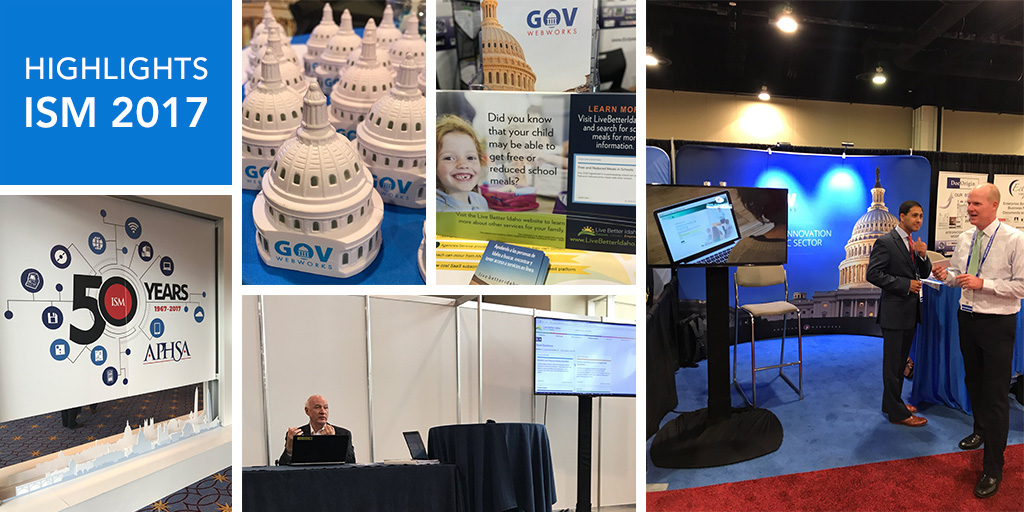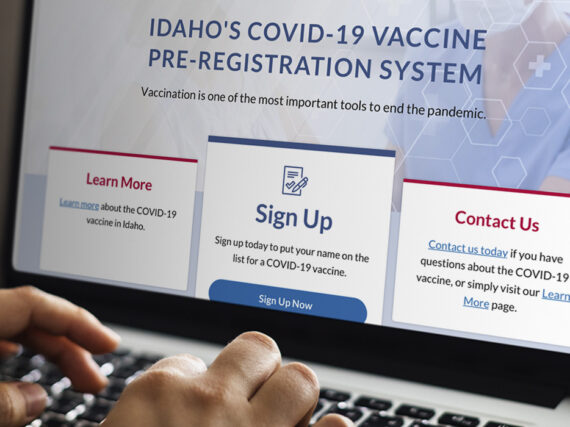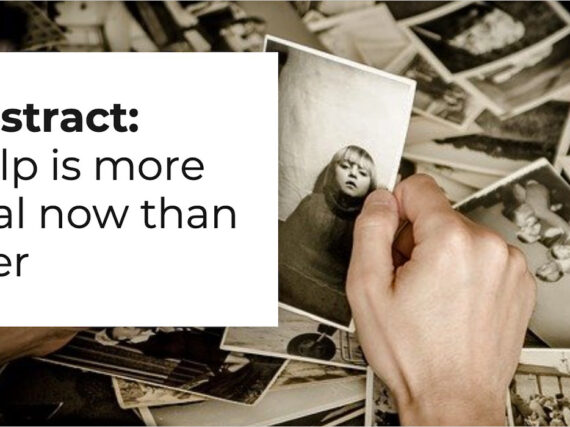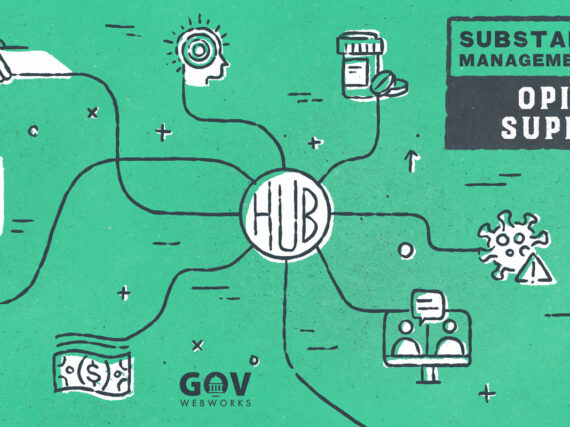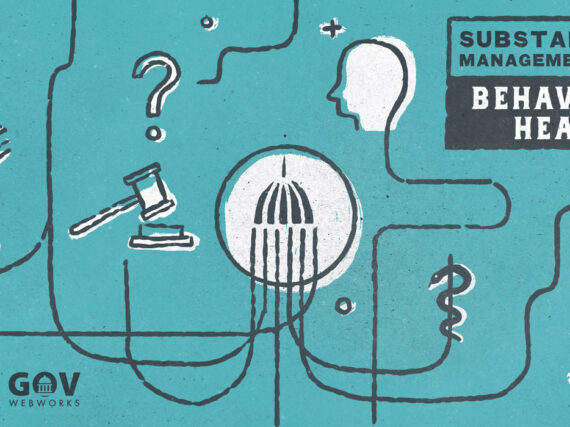In October, three of our team from GovWebworks traveled to National Harbor, Maryland, for the ISM 50th Annual Conference. We saw old friends, made new ones, and learned a lot from the 2017 Agenda presenters.
As you can imagine, much has changed in health and human services since the first conference in 1967. The conference remains a steadfast meeting place for those of us supporting and working in the field. American Public Human Services Association’s vision is one most of us can agree on, “Better, healthier lives for children, adults, families and communities.” The differences come in how to best achieve this vision via technology.
Topics from the floor
Here are some of the hot topics we heard on the floor:
-
What’s the best approach to the Comprehensive Child Welfare Information System (CCWIS) migration?
From the presentations and conversations with states, it seems there are varying degrees of state and vendor leadership across the country. To be honest, it wasn’t always clear who was steering the ship.
As we see it, the hands-on vendors in the “co-opetition” approach employed by states like California are more transparent for taxpayers thanks to modular procurement, incremental development, and frequent updates. However, it may seem labor intensive to smaller states that don’t have the same resources. While it takes a lot of engagement for a state to oversee redevelopment of such a far-reaching system, that’s often preferable rather than losing control over the outcome to a vendor. Taking charge of the project in-state can also save money, and deliver results quicker.
-
Agile, user-centered design, and open source tools – everybody’s claiming expertise, but who’s really doing it right?
Now that everyone’s touting these skills, we wonder if they’re actually following through. We believe it’s important for agencies to ask the right questions of vendors to be sure they’re not just giving lip service.
We’ve been adopting open-source tools and following agile, user-centered design processes for the past five years, and know that it’s not something you pick up overnight. Check out these articles from our blog for more depth on these topics:
– Why We Need a Customer-Centric Revolution
– Four Cs for Flawless Agile Business Requirements
– Scrum Alliance and Acquia Certifications Bring Expertise to Government Vendors -
Mobile technology – is HHS up to speed, both in terms of user experience and service delivery?
With one-in-ten Americans identifying as smartphone only users, according to Pew, shouldn’t all agencies be employing a mobile-first strategy by now? Gratifying to see some of the innovation on display at the conference.
To support mobile optimization, we made an infographic with 16 Key Features to Optimize Public Sector Sites for Mobile.
-
Cybersecurity – it’s not if you get hacked, it’s when, so are you prepared?
Security is an ongoing process, not a one-time fix. See our post on how to understand your data to understand your risk.
-
Modernizing legacy systems – rebuilding the plane in flight?
We’re right in the midst of this with a current project, and learning lessons along the way. It was great to hear other vendors share their best practices, and help convince attendees that things needn’t go dark while they modernize their systems.
Stay tuned to our blog, PublicUs. We’re working on a post on this very topic, due out next week. Sign up for email alerts if you’d like a notification.
-
How do we address poverty with a Continuous Quality Improvement (CQI) mindset?
Personally, a highlight for me was a great presentation on Diagnosing and Addressing Poverty with thoughts from Marcella Wilson, PhD, on applying clinical best practices to track and continuously improve results when administering human services.
Tracking efficacy to inform future decisions is a vital aspect of any HHS program, and we’ll be looking at how we can use Wilson’s ideas to inform and shape the road map for enhancements to our CiviServ application.
See our post on Social Determinants of Health, Illustrated, for how social determinants of health are also an important tool behind the Live Better Idaho implementation of CiviServ.
GovWebworks Video Reel Unveiled
Last but not least, our newGovWebworks marketing reel debuted on the big screen at our ISM booth. We’re proud to share it here:
Thanks for reading and viewing. We’re looking forward to next year’s conference in Seattle.
Learn more
- 2017 ISM Conference Agenda
- Contact us with any questions
